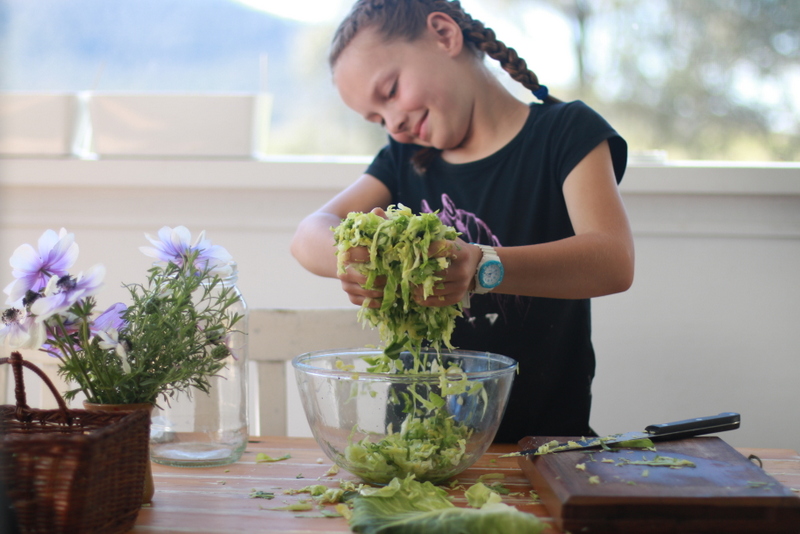Air pollution inside our homes can be worse than the pollution found outside. As most of us spend a lot of time indoors, improving indoor air quality is worth considering. Thankfully, all it takes is a few indoor plants to clear the air.
Our homes can be polluted with a mixture of volatile organic compounds (VOCs) that are emitted as vapour from plastics, cleaning products, carpets, paint, cosmetics, and electronic equipment. Gas cookers and unflued gas heaters can also elevate carbon dioxide levels (the reason why you should use your exhaust fan when cooking on a gas stove and open a window when using an unflued gas heater). In high concentrations VOCs and carbon dioxide can be toxic and carcinogenic and even at low levels may impact our health.
The humble house plant offers a solution. Houseplants absorb these indoor air pollutants, making our homes a healthier place to be. You don’t need a forest of pot plants to enjoy the benefits. Research has found as few as three pot plants in an average sized office can reduce VOCs to an extremely low level.
You don’t need to spend a fortune at a garden centre on houseplants. Instead propagate plants by collecting cuttings from friends’ plants. For an idea of plants that are especially easy to propagate, reflect back on the house plants your grandmother or an old aunt had. My gran had plenty of african violets which are very easy to propagate from leaf cuttings; spider plants that shoot off teeny plants which can be planted individually; and peace lilies that can easily be divided.
Nor do you need to spend a fortune on pots. Quirky and unique pots can be made from old teapots and casserole dishes by drilling a hole in the bottom for drainage. If the container is terracotta or lightly glazed clay, to drill a hole soak the pot in water, place masking tape over where you want to drill and use a masonry drill bit. If it is heavily glazed or glass, for example old Pyrex casserole dishes, you’ll need a fancier diamond-coated drill bit. Expect a few breakages, so don’t try this on anything too precious.
Originally published in my ‘Less Is More’ column, Newcastle Herald 27th July 2013.



